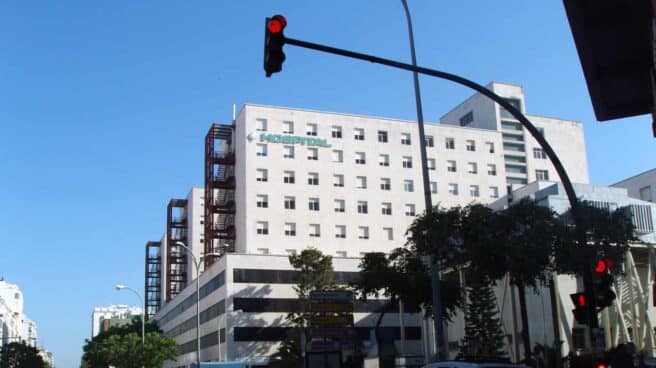

Hospital Puerta del Mar in Cadiz
The couple filed a complaint with the Andalusian Health Service (SAS) after discovering that their child, born at the Puerta del Mar hospital in Cadiz in 2021 after an assisted insemination process, is the biological child of the mother and not the father, which they attribute to a “serious error” in the handling of the semen sample.
The complaint, made public by the El Defensor del Paciente Association in a statement, has been handled by lawyer Ignacio Martínez and warns of the “irreparable” damage this situation will cause to this family.
The events date back to 2019, when a couple living in Andalusia decided to start the process of assisted reproduction, which was successful in 2021, when “the retrieval of eggs for in vitro fertilization and then the transfer of the embryo” was carried out.
“It was a happy marriage that fulfilled the dream of having a child together, until repeated family comments about the lack of physical resemblance led an acquaintance to check his birth certificate in February 2023 and found a blood type incompatible with double filtration. parents,” the Association said.
“Disappointed by what they were told, they took a paternity test, which had a devastating result, learning that the child was not the biological son of the father,” he adds.
According to lawyer Ignacio Martínez, the damage is “serious and irreparable” as the child “will be deprived of the natural biological connection to his father and his entire paternal family for life”; other than that “his own history and origins will always be in question.”
The lawyer also warns that not knowing his biological father has health implications “due to not knowing the genetic profile of his ancestors, which is key in modern medicine.”
The lawsuit filed with SAS seeks one million euros in damages for damages to father, mother and child, based on similar claims where an exchange of babies took place.
The association requests that an investigation be opened to determine the origin of the error, the utmost precaution in these assisted insemination processes, and to determine whether this is an isolated and unintentional occurrence.
Source: El Independiente